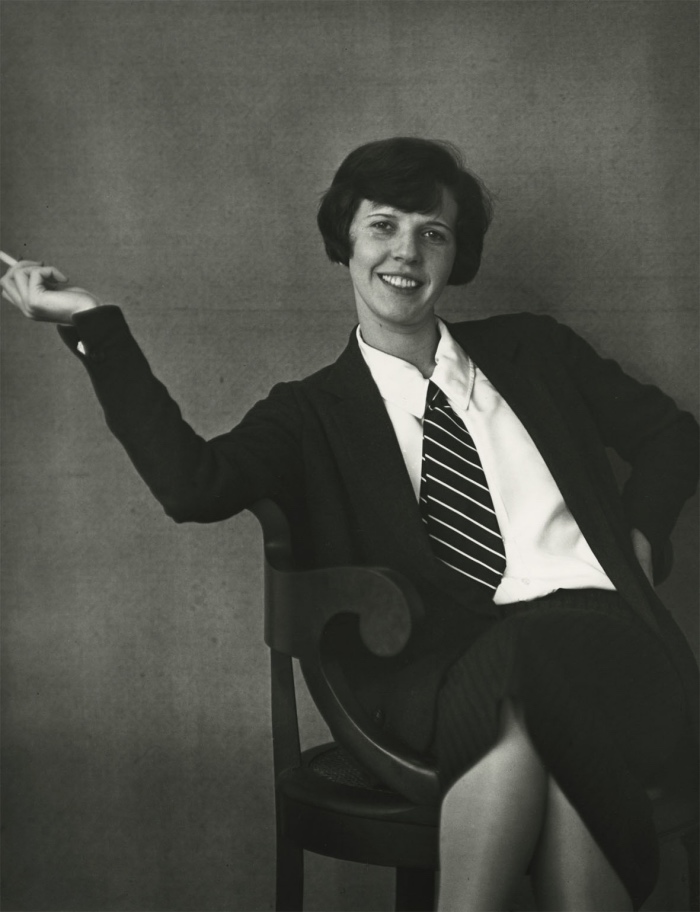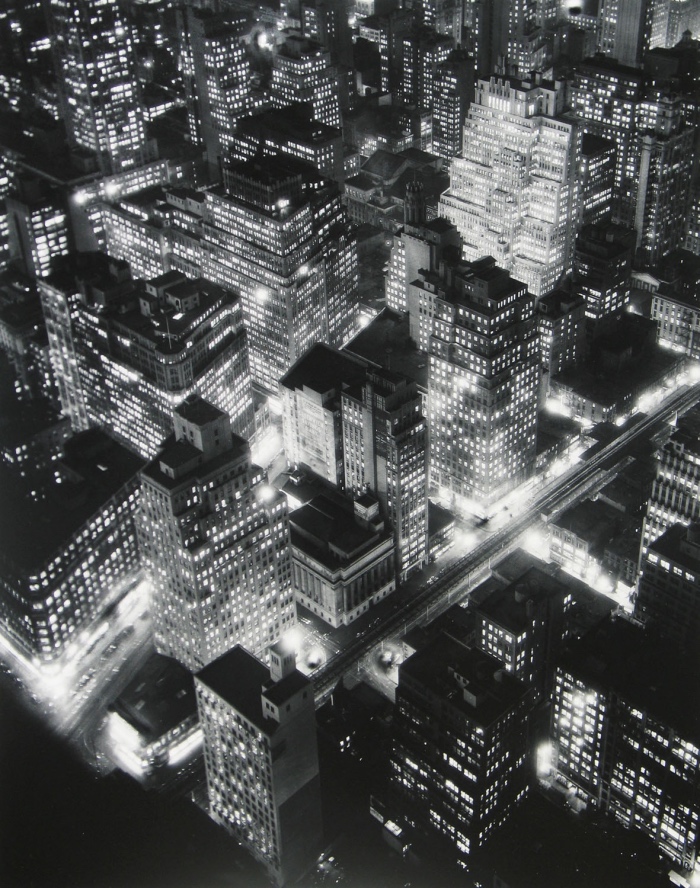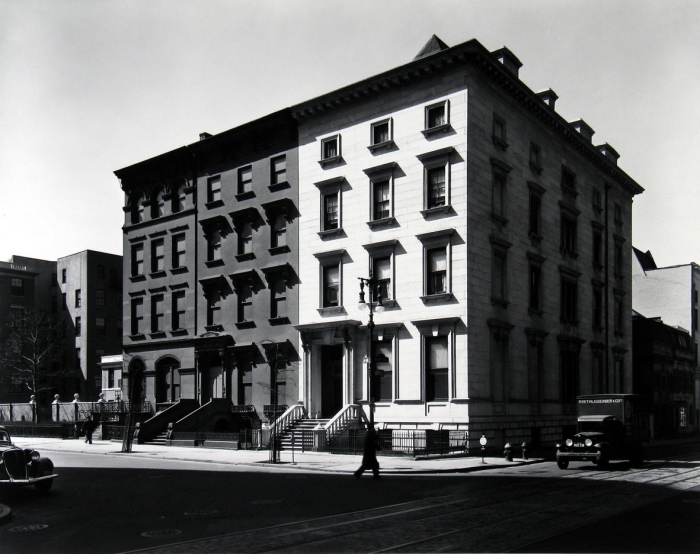
Dorothy Whitney, Paris, 1926 © Berenice Abbott/Commerce Graphics/Getty Images. Courtesy of Howard Greenberg Gallery, New York.
GREAT PHOTOGRAPHERS: BERENICE ABBOTT
Photography is a sort of shire of memories, a way to prevent us from forgetting who we are and the way we were. But there are some photographers who are able to capture the souls of men and things.
The skill in capturing a moment and making it a container of stories and feelings is a talent I don’t possess, but I wish I had, thus I like searching for those stories describing great photographers and their search for the perfect photo.
I talked about the life of Robert Capa, and how he became the first photojournalist in history.
Here, instead, I want to talk about Berenice Abbott, one of the most original and controversial protagonists of the history of photography of the 20th century.

Nightview, New York, 1932 © Berenice Abbott/Commerce Graphics/Getty Images. Courtesy of Howard Greenberg Gallery, New York Dorothy Whitney, Paris, 1926 © Berenice Abbott/Commerce Graphics/Getty Images. Courtesy of Howard Greenberg Gallery, New York Fifth Avenue
BERENICE ABBOTT
Born in Springfield, Ohio, in 1898, Berenice Abbott moved to New York in 1918 to study sculpture, and there she met Marcel Duchamp, the inventor of the readymades, and Man Ray.
Both of them were the leading figures of the Dada movement, and Berenice was fascinated by Man Ray and worked as his assistant from 1923 to 1926, following him to Paris.
In this period she made her first portrait photographs devoted to the major protagonists of the European artistic and literary avant-garde from Jean Cocteau to James Joyce, from Max Ernst to André Gide.
Berenice left Man Ray’s studio (soon after the artist would meet Lee Miller with whom he took his most famous photos), and decided to open her own photography studio, frequented by intellectuals and artists. In that moment she came in contact with the French photographer Eugène Atget, famous for his images of the streets of Paris, which documented the disappearance of the historical parts of the city and the changes of its urban landscape.
For Berenice that was a turning point.
She decided to adopt Atget’s poetics, by devoting herself, from that moment on, to the narration of the metropolis of New York.
Then, Berenice came back to the USA in order to devote herself to the narration of the transformations occurred in New York after the Great Depression of 1929. She focused on architecture, urban expansion and changes which took place in the city. The result is a volume which made her join the circle of the great photographers of the 20th century, entitled “Changing New York” (1939), including a series of extraordinary photos characterized by a strong contrast between light and shadows and dynamic angles. The frank style of her photos made her become one of the first female photographers in the scientific field, because she took photos for scientific studies and books.
She died in 1991 at the age of 93.
The exhibition
The MAN Museum of Nuoro, Sardinia, has planned the first anthological exhibition in Italy devoted to Berenice Abbott, which I put on the list of the exhibitions to see in March 2017.
On view a selection of 82 original photos describing the complete artistic journey of the variegated artistic activity of Berenice Abbott.
READ ALSO: Magnum: the anniversary of Magnum Photos.

Fifth Avenue Houses, Nos. 4, 6, 8, 1936 ©Berenice Abbott/Commerce Graphics/Getty Images. Courtesy of Howard Greenberg Gallery, New York
INFO ABOUT EXHIBITION
Museo MAN
via S. Satta 27- 08100, Nuoro


Come sempre un post realmente interessante!
Grazie 🙂
Mi piacciono le storie di vita vera e se sono di donne artiste ancora di più.